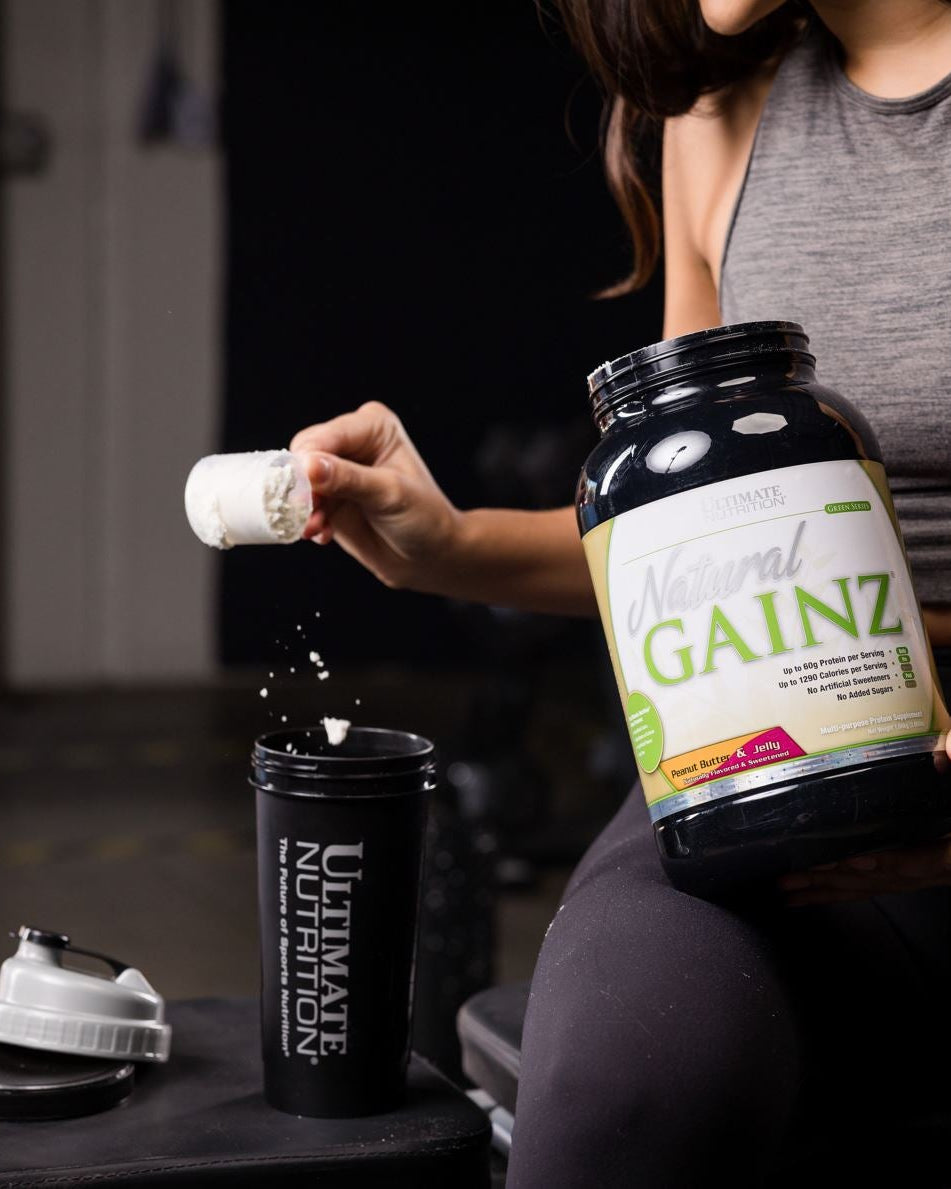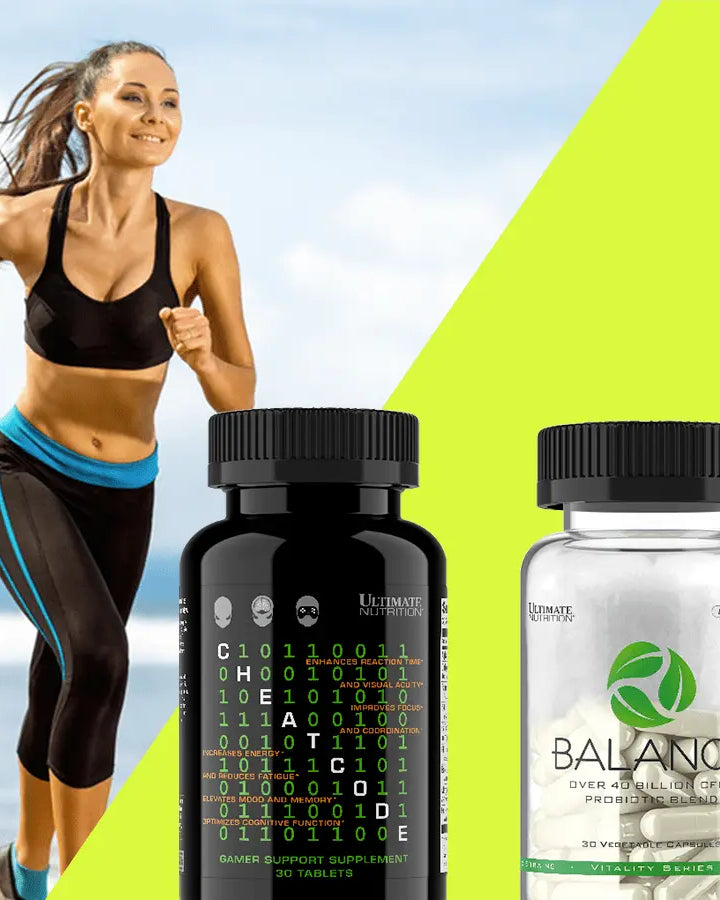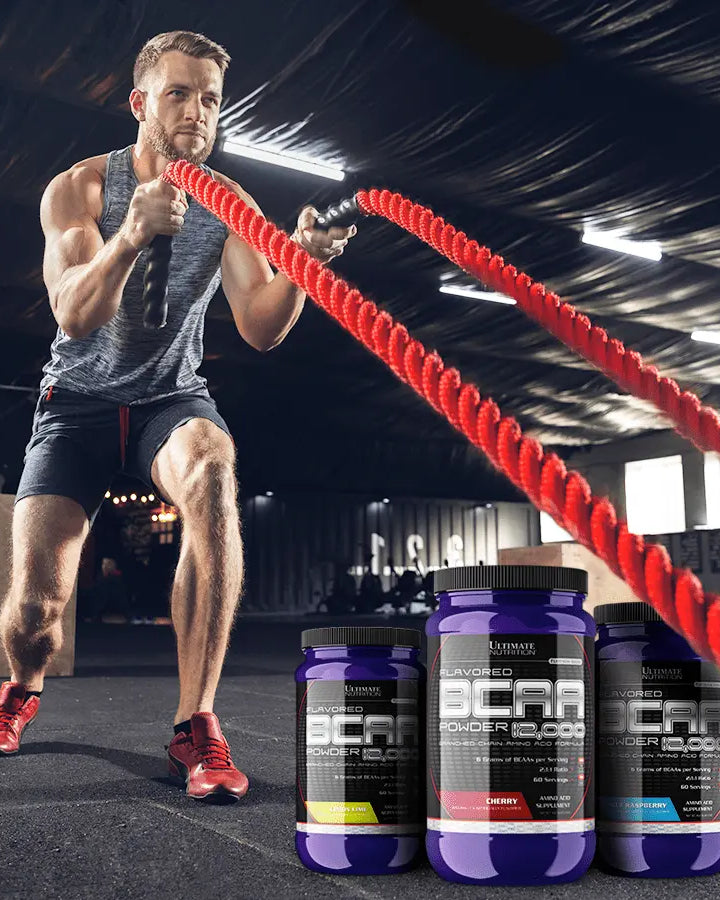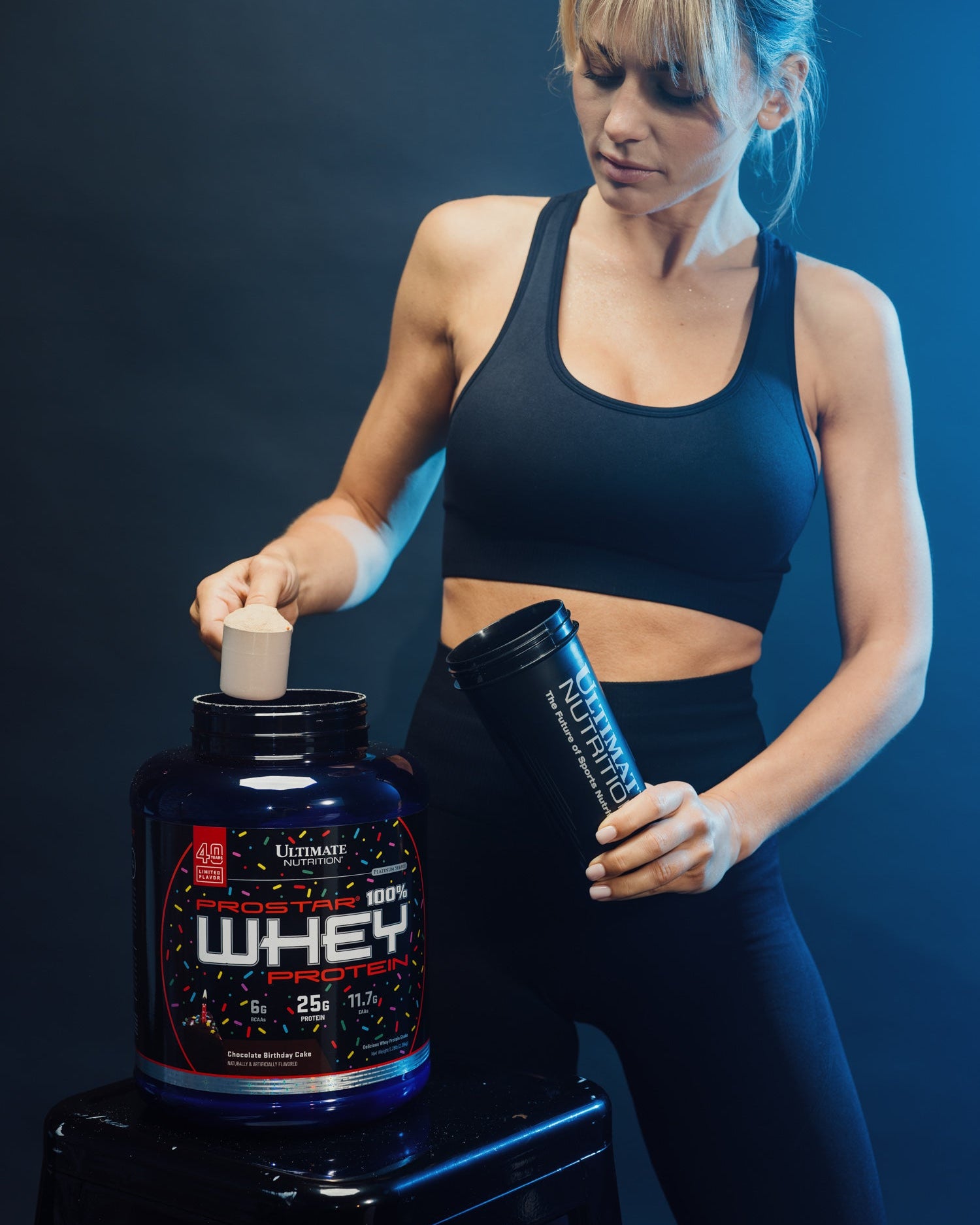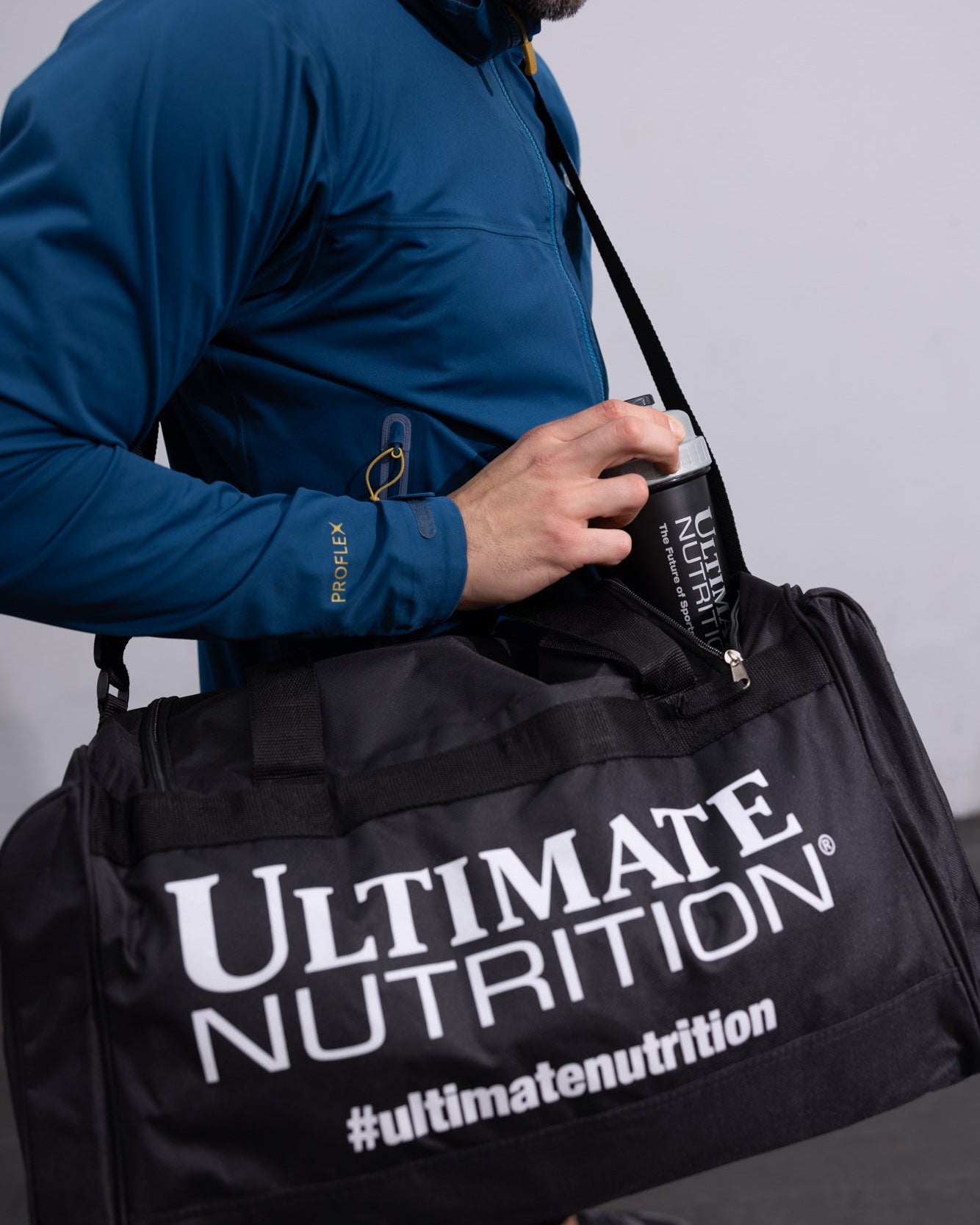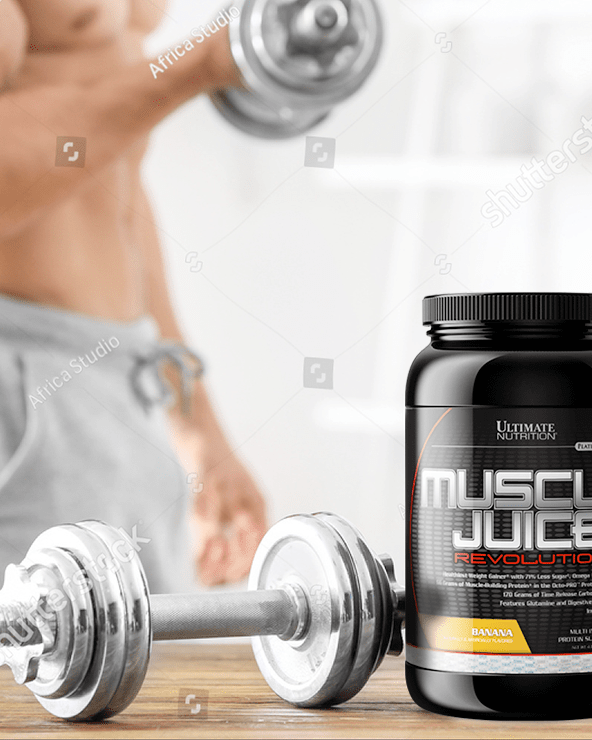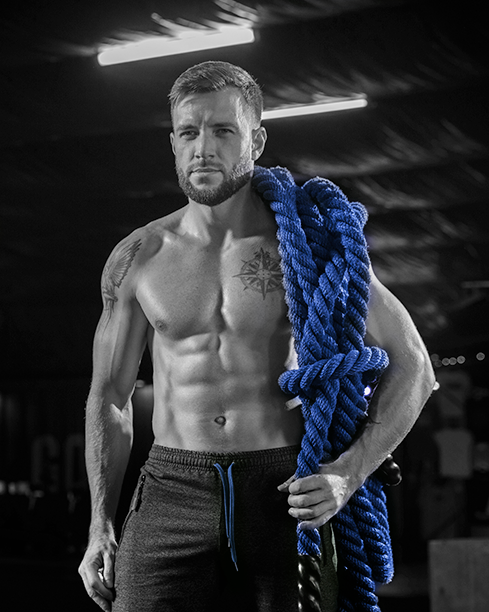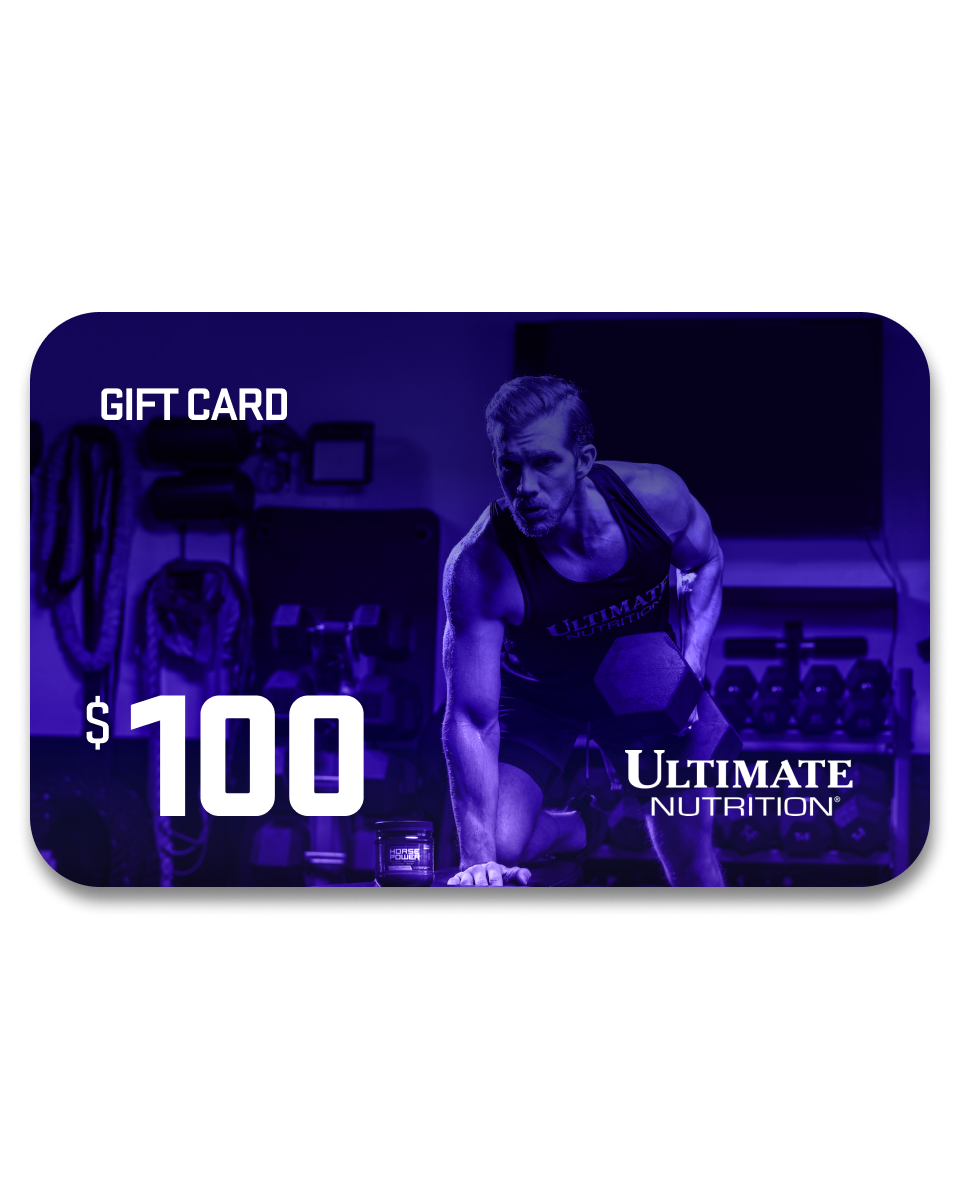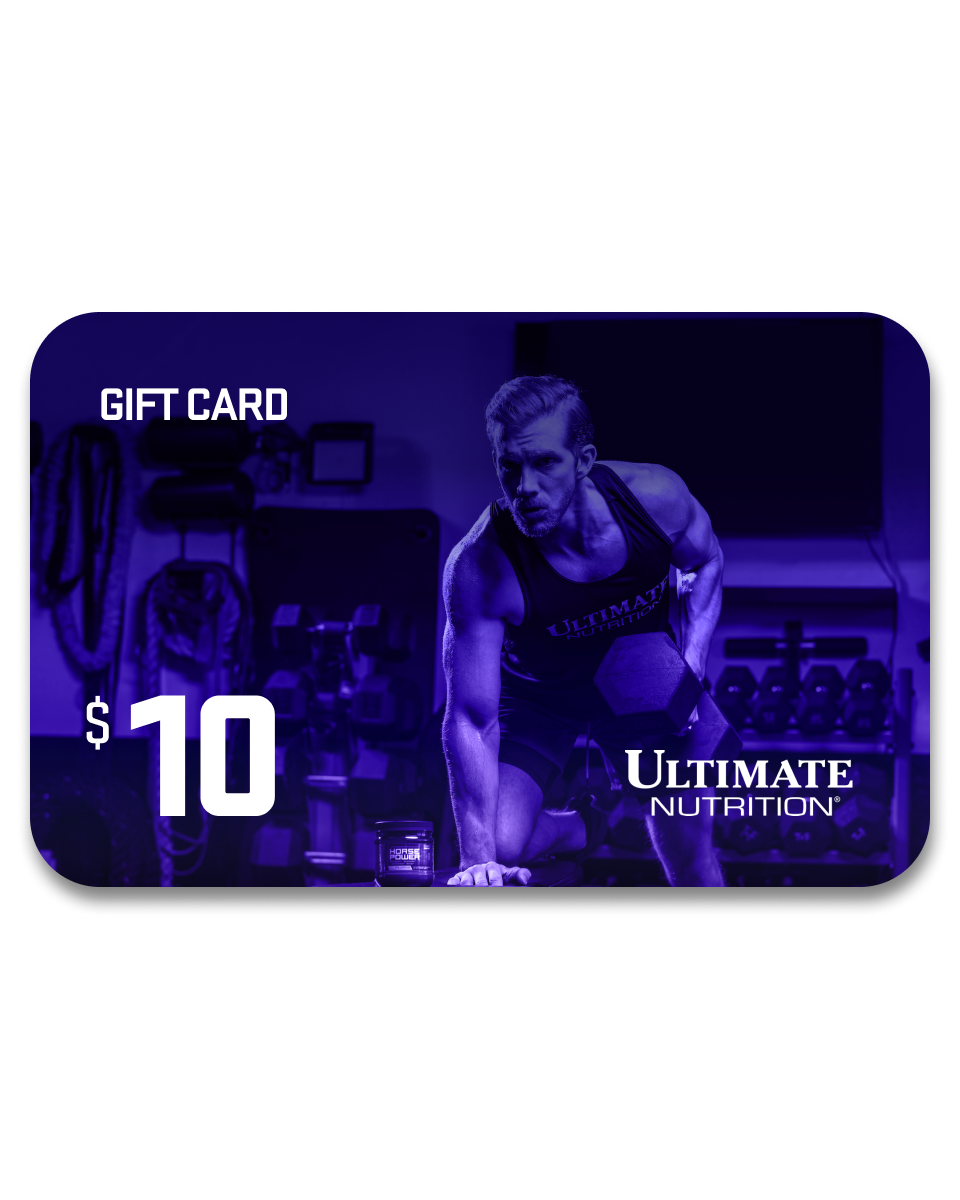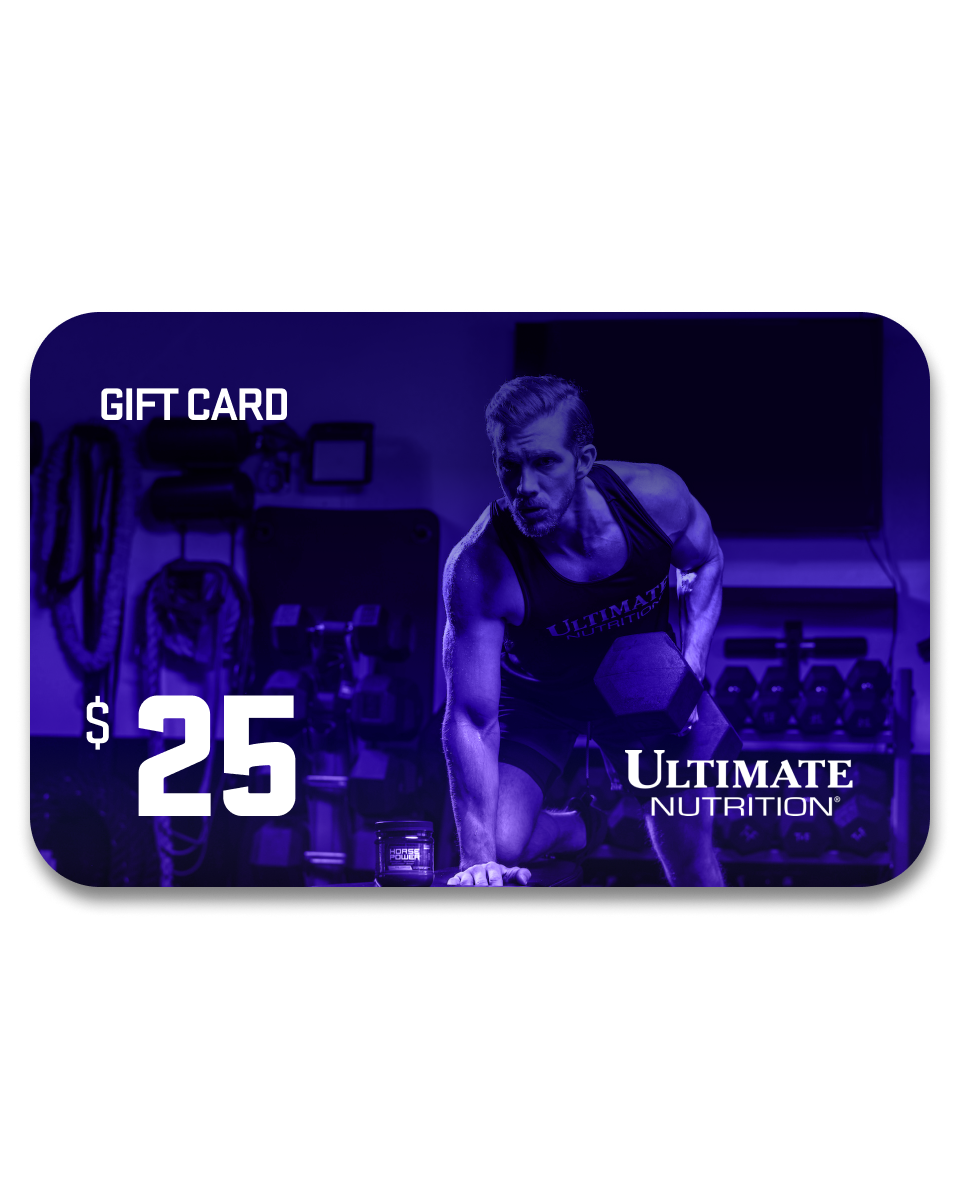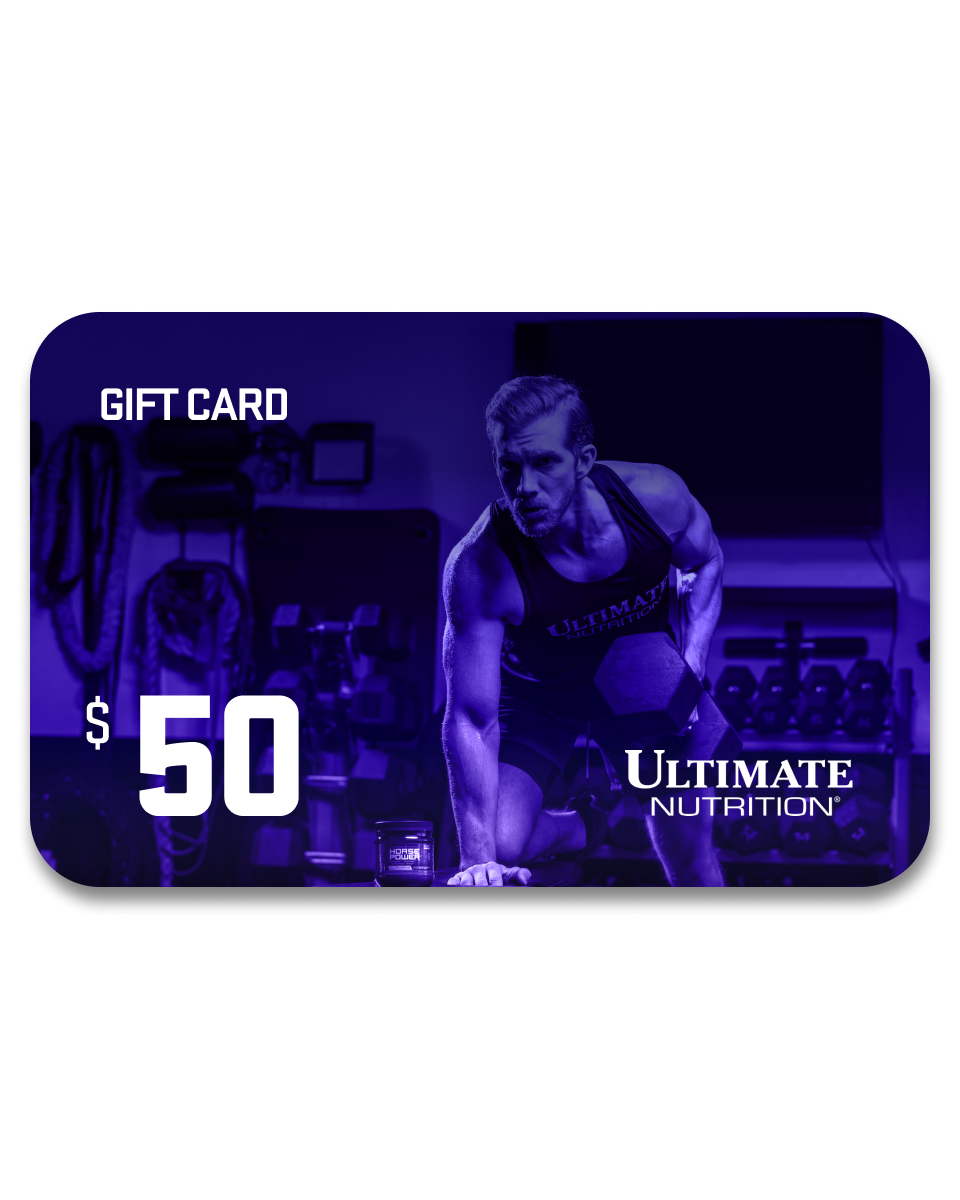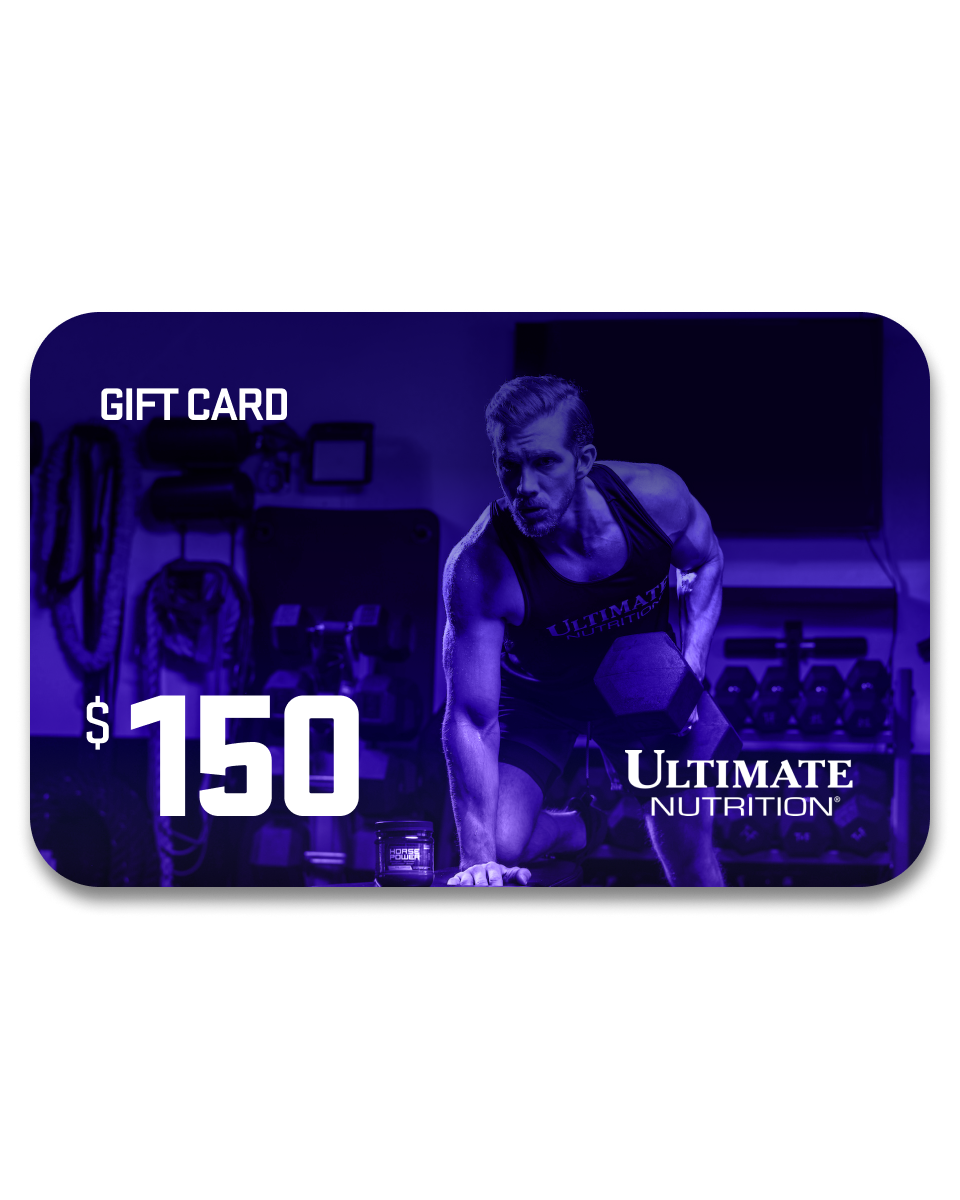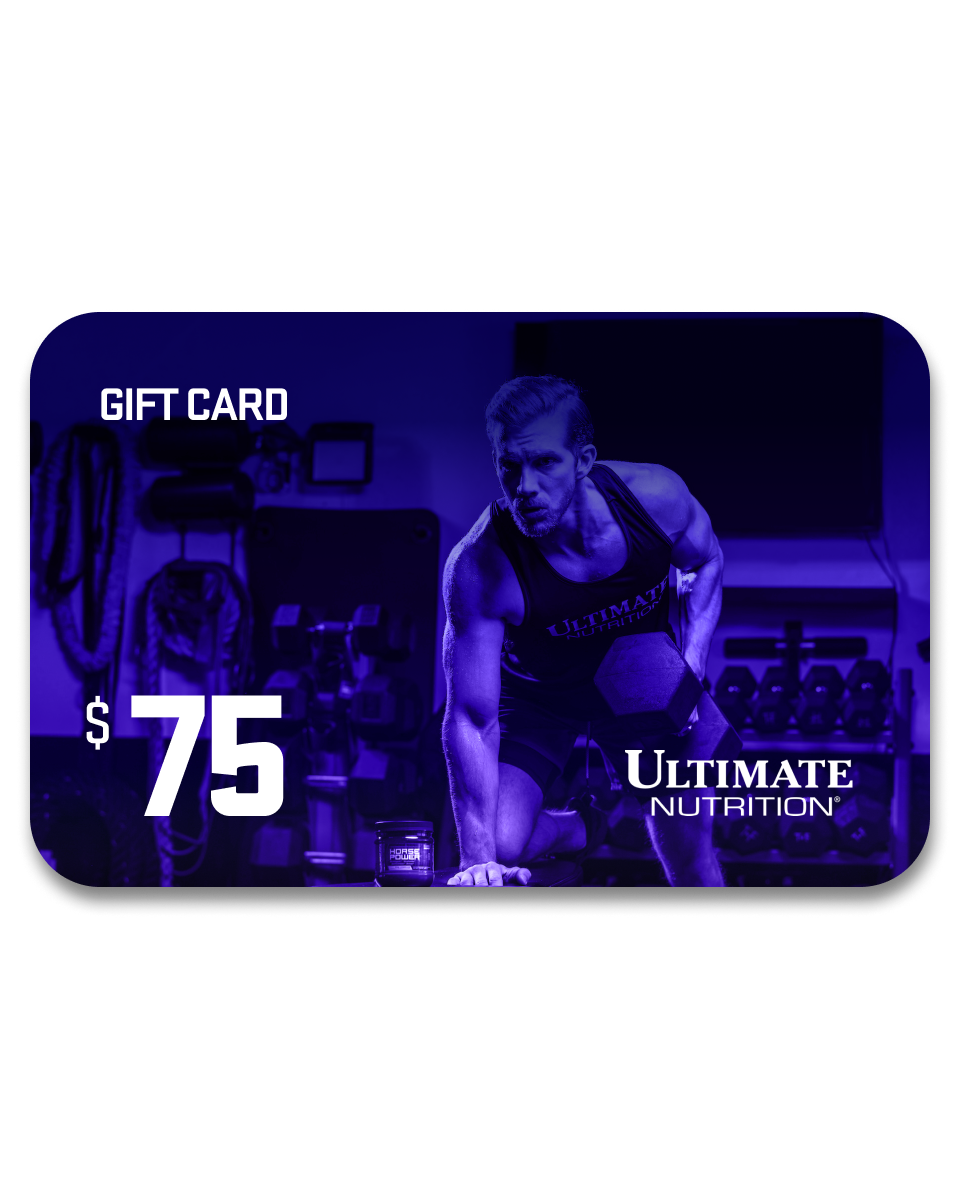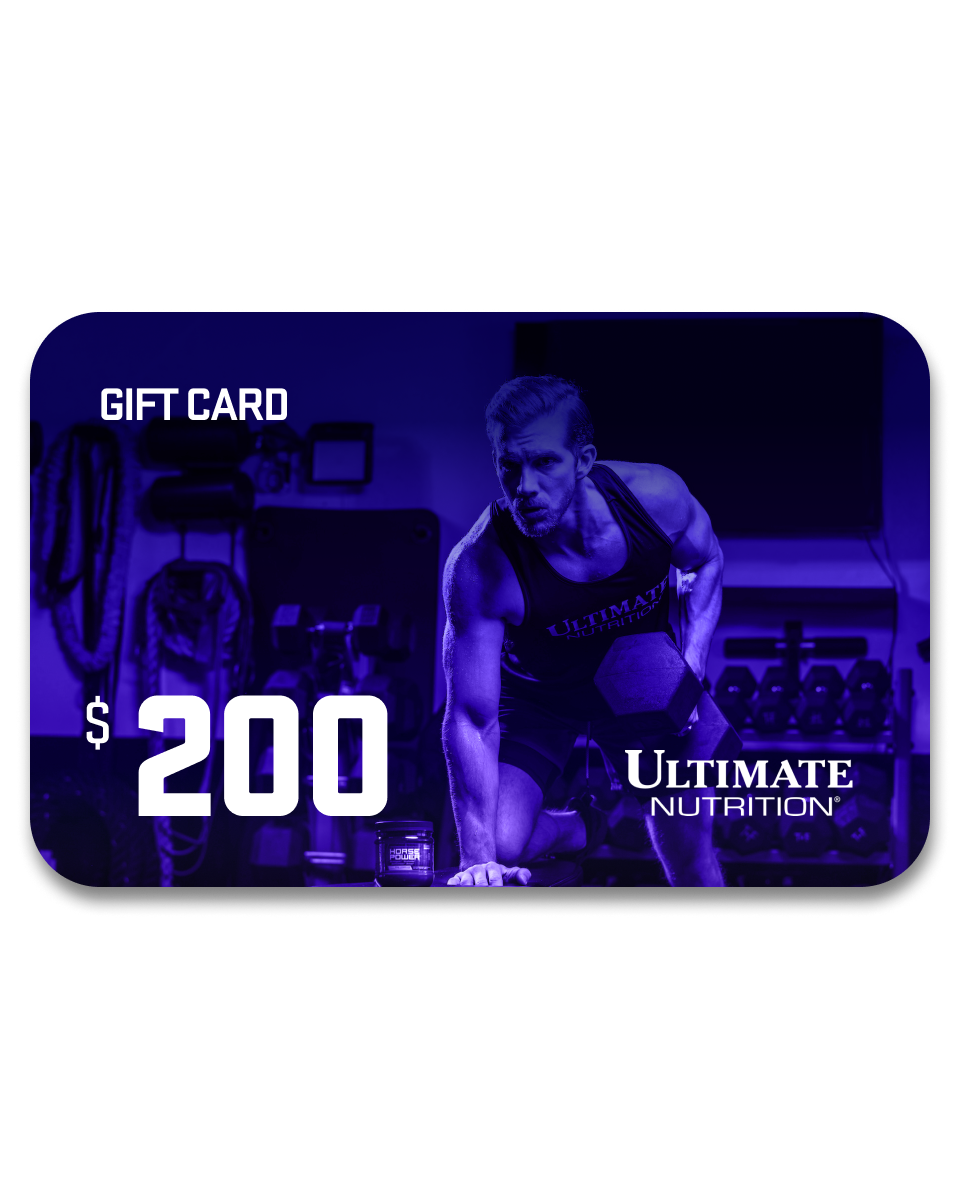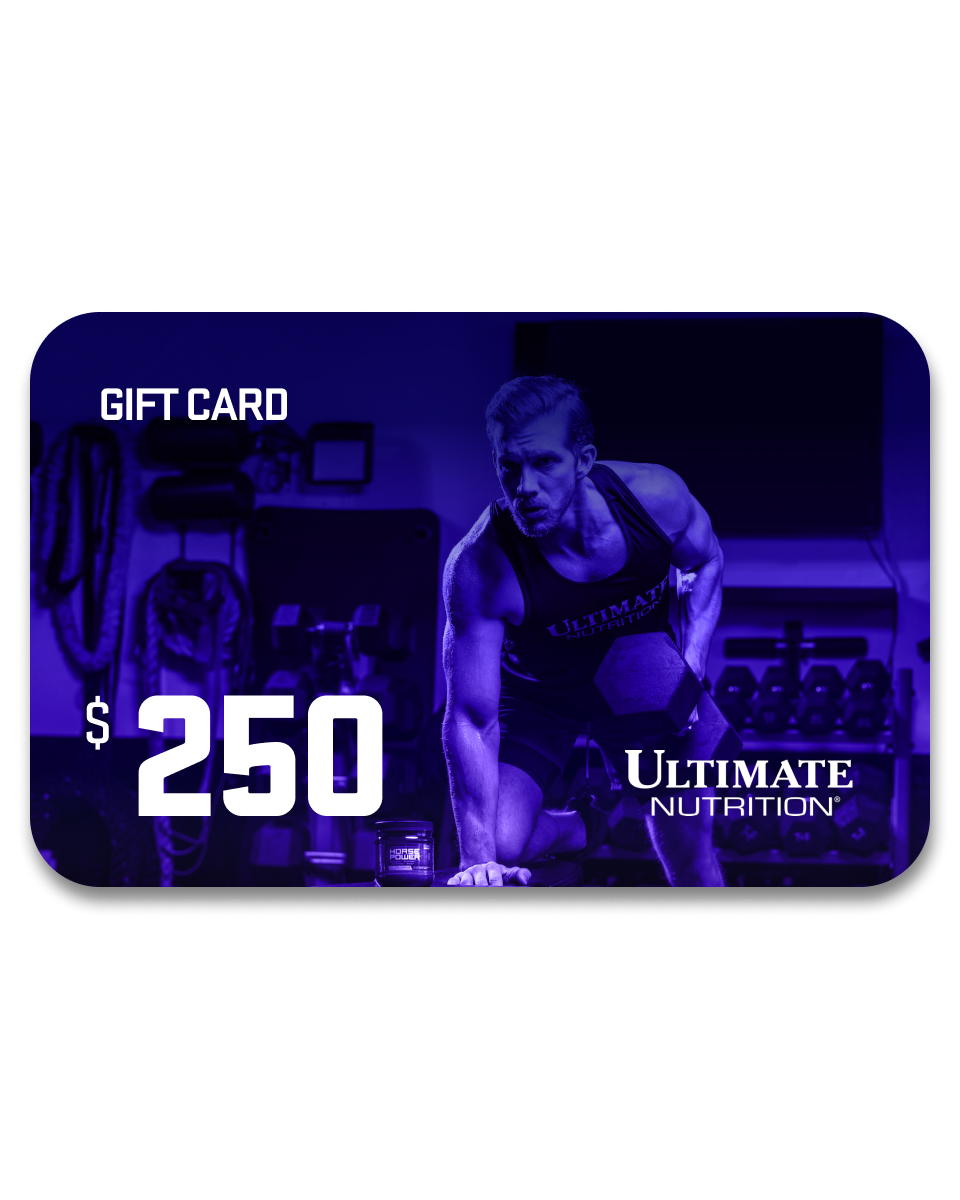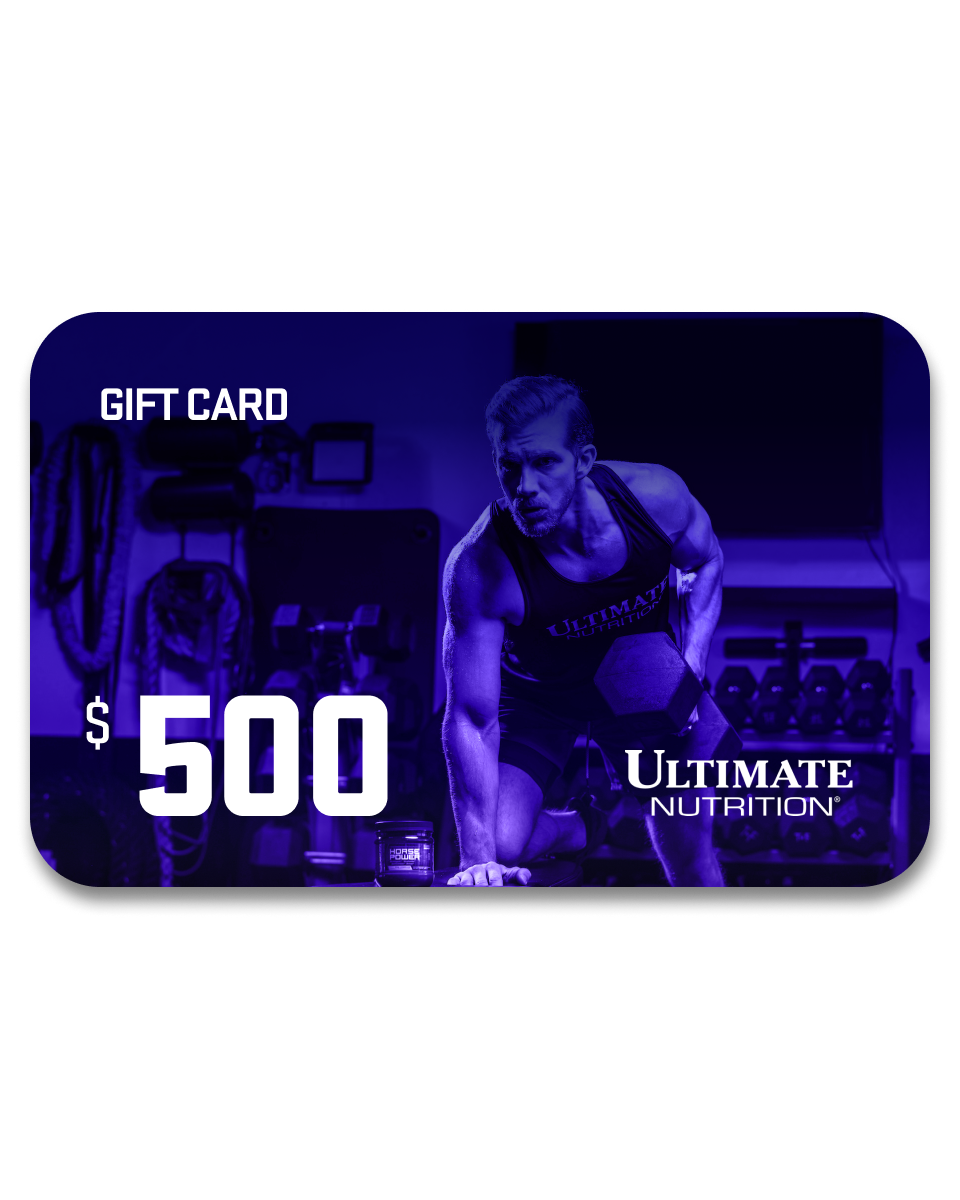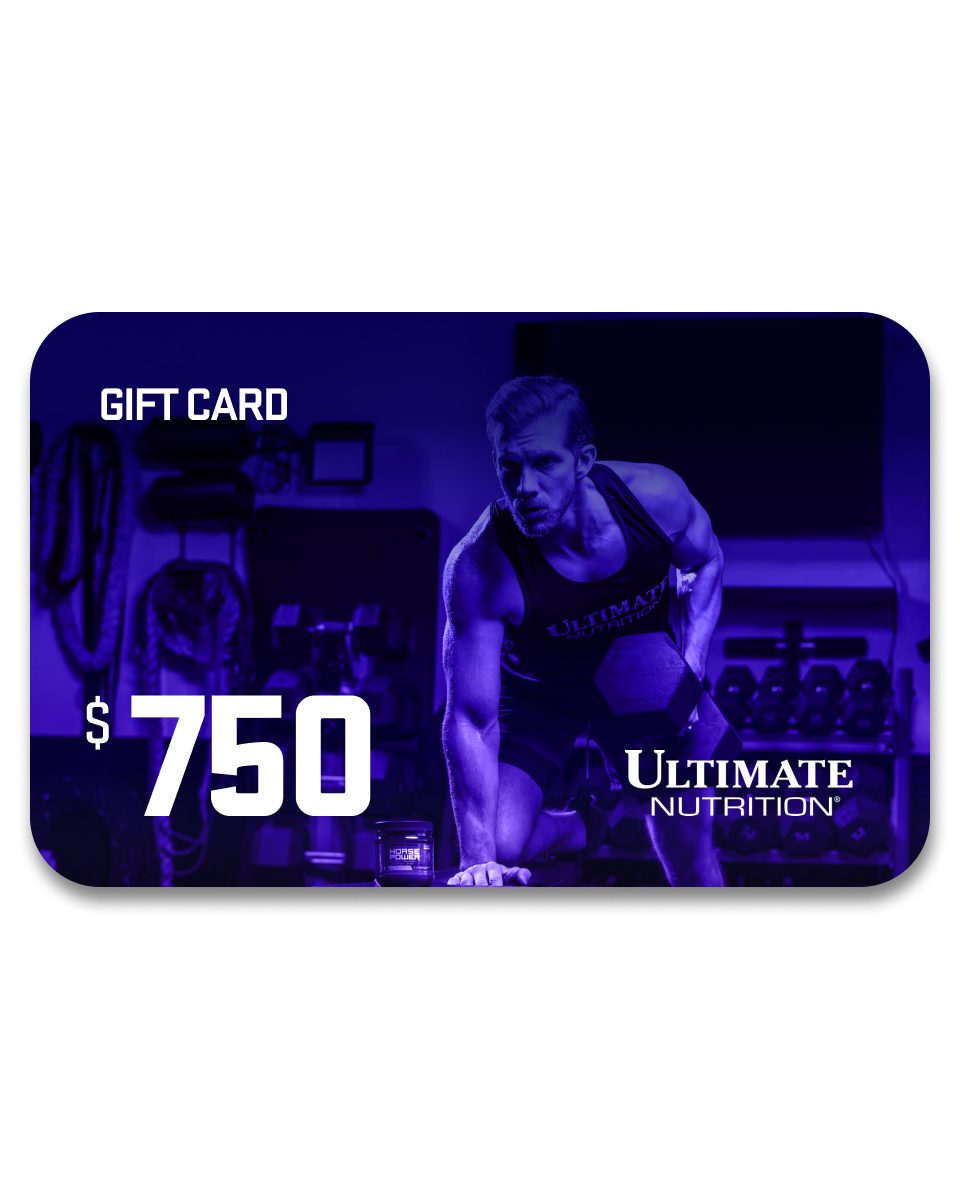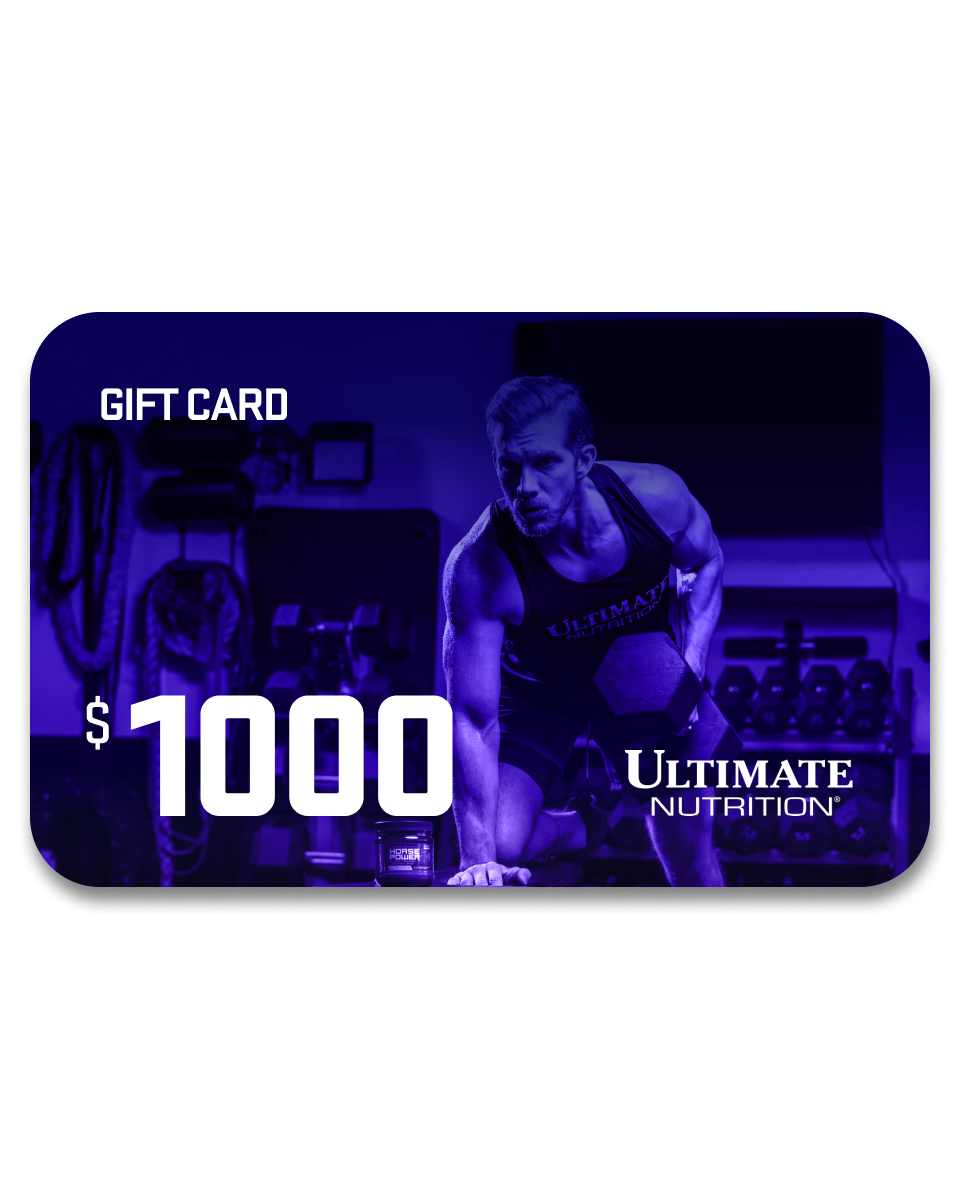Rowing is a powerhouse workout that offers cardiovascular and strength training. For those looking to get the most out of their gym time, rowing could be the perfect addition to your routine.
This guide will explore rowing's numerous benefits and share tips on mastering the proper technique to maximize effectiveness and prevent injury.
What is Rowing?
Rowing is a form of exercise that mimics the action of rowing a boat in water using a rowing machine, also known as an ergometer.
This workout is all about coordination, rhythm, and efficiency. It harnesses the power of both the upper and lower body in a smooth, continuous motion.
Is Rowing Cardio or Strength?
Rowing is a comprehensive exercise that uniquely blends cardiovascular and strength training elements into one efficient workout.
This dual benefit makes rowing a standout choice for many fitness enthusiasts.
Rowing Machine Muscles Worked
Rowing provides a comprehensive full-body workout, engaging multiple muscle groups in a single, fluid motion. Here’s a brief overview of the primary muscles worked during rowing:
- Leg Muscles: Heavily involved in the drive phase.
- Core Muscles: Crucial for maintaining posture and power transfer.
- Back Muscles: Key players in pulling the handle towards the torso.
- Shoulder Muscles: Help to stabilize the shoulders.
- Arm Muscles: Control the handle during the pull and recovery phases.
Breaking Down Proper Rowing Machine Form
To maximize the benefits of rowing and minimize the risk of injury, maintaining proper form throughout the workout is crucial. Here's a quick guide to the correct technique:

The Rowing Physique
The exercise involves a continuous motion that breaks down into four main phases:
Phase One: The Catch
The catch is the starting position of the stroke, where you are poised to begin the drive.
In this phase, you crouch at the front of the machine, knees bent and shins vertical, body leaning forward, and arms reaching straight ahead, gripping the handle.
Phase Two: The Drive
The drive is where the power is applied. You push back using your legs, keeping your back straight.
Once you extend your legs, pull your arms back and swiftly bring the handle towards your chest, slightly below the ribcage.
Phase Three: The Finish
This phase marks the end of one complete stroke. Here, your legs extend, the body leans back slightly, and the elbows are drawn past the body with the handle held at the lower ribs.
Phase Four: The Recovery
After reaching the finish, the recovery phase returns you to the start position (the catch).
You extend your arms first, lean the torso forward from the hips, and bend the knees to glide smoothly back to the starting position.

The Benefits of Rowing
Rowing is often underrated, but it's a full-body workout that offers something for everyone. Here are eight specific benefits of incorporating rowing into your fitness regimen:
#1 Improves Cardiovascular Fitness
Rowing is an outstanding aerobic exercise that engages the heart and lungs, requiring them to work harder to pump oxygenated blood to the muscles used.
Over time, this aerobic challenge strengthens the heart, enhances lung capacity, and improves overall stamina and endurance. This increased cardiovascular health can help reduce the risk of heart disease and improve metabolic efficiency.
#2 Rowing is a Full Body Workout
Rowing is a rare exercise that effectively engages nearly all major muscle groups. During the rowing stroke, the legs push off during the drive phase, engaging the quads, hamstrings, and glutes.
The core is activated to maintain balance and power through the movement, while the back, shoulders, and arms work during the pull phase. This simultaneous engagement of muscle groups leads to balanced muscle development and increased overall body strength.
#3 Increases Muscle Strength and Endurance
The repetitive motion of rowing builds strength and endurance in the muscular system. Because rowing involves continuous resistance and high repetitions, it helps increase muscle endurance.
At the same time, the resistance element of pulling against the rowing machine's flywheel helps build muscle strength, particularly in the back, shoulders, and arms, as well as the leg muscles and glutes. This can lead to improved muscular health and functionality.
#4 Enhances Joint Mobility and Flexibility
Rowing's fluid motion helps improve flexibility and the range of motion in the joints.
By promoting better joint mobility, rowing can facilitate easier movement in everyday activities and other sports.
#5 Burns Calories Efficiently
Rowing is a high-intensity workout that can burn between 600 and 800 calories per hour, depending on the intensity of the session and the individual’s weight.
This burn makes it an excellent option for anyone looking to lose weight or manage their calorie intake efficiently.
#6 Improves Posture and Reduces Back Pain
Rowing can help reduce lower back pain, a common issue for many people, by enhancing core strength and stability. Improved muscular strength in these areas can lead to better posture while sitting and standing.
#7 Offers Stress Relief and Mental Benefits
The rhythmic nature of rowing can be meditative, helping to decrease stress and promote a sense of calm.
Focusing on synchronized movements can help clear the mind, while the endorphins released during intense exercise improve overall mood and mental health.
#8 Adaptable Intensity for Varied Fitness Levels
Rowing is a versatile exercise that can be adjusted to suit a wide range of fitness levels and goals. By changing the machine's resistance level and altering the rowing speed, individuals can customize their workout from light and steady to intensely challenging.
This adaptability makes rowing ideal for beginners, seasoned athletes, and anyone in between, ensuring a challenging workout as fitness levels improve.

The Best Rowing Ergometer Workouts
To fully capitalize on the benefits of rowing, incorporating a variety of workouts can help keep the routine engaging and effective. Here are some of the best rowing ergometer workouts tailored to different fitness goals:
Interval Training Workout
- Objective: Improve speed and endurance.
- How to Do It: After a 5-10 minute warm-up, alternate between 1 minute of high-intensity rowing and 1-2 minutes of low-intensity recovery. Repeat this cycle for 20-30 minutes.
- Why It Works: This workout boosts cardiovascular fitness and burns more calories in a shorter period by mixing bursts of intense activity with recovery intervals.

Steady-State Workout
- Objective: Enhance endurance and aerobic capacity.
- How to Do It: Row at a moderate, consistent pace for 30-60 minutes.
- Why It Works: Steady-state training helps build endurance and trains the body to use oxygen more efficiently, making it great for cardiovascular health.
Pyramid Power Workout
- Objective: Build endurance and strength.
- How to Do It: After warming up, row for 1 minute at high intensity, then 1 minute at low intensity. Increase the high-intensity intervals by 1 minute until reaching 4 minutes, then reverse the pattern.
- Why It Works: This workout's increasing and decreasing structure challenges both aerobic and anaerobic systems, enhancing endurance and muscular strength.
Sprint Intervals Workout
- Objective: Increase speed and power.
- How to Do It: Warm up, then do 30 seconds of maximal effort sprints followed by 1-2 minutes of rest. Repeat for 8-10 rounds.
- Why It Works: Sprint intervals improve muscular power and speed, and the high intensity helps boost metabolism.
Make the Most of Your Rowing with Ultimate Nutrition
To make the most out of every rowing session, supplementing with the proper nutrition is vital. Ultimate Nutrition’s range of protein powders can play a pivotal role in enhancing your workout results and recovery.
For best results, aim to consume protein within 30 minutes to an hour after your rowing session to jumpstart muscle recovery and replenish energy stores. Additionally, consuming protein roughly 30 minutes before your workout can provide your muscles with essential amino acids, helping to keep your energy!
Follow our latest blogs and stay knowledgeable about everything from the best recipes to workouts. We’ll help amplify your rowing results and support your journey to fitness excellence.
The information provided in our articles are meant for informational and educational purposes exclusively and should not be considered as medical advice. It is essential to consult a healthcare professional before starting a new nutritional product and/or making significant changes to your diet and/or starting a new exercise regime. These products are not intended to diagnose, treat, cure, and/or prevent disease.

